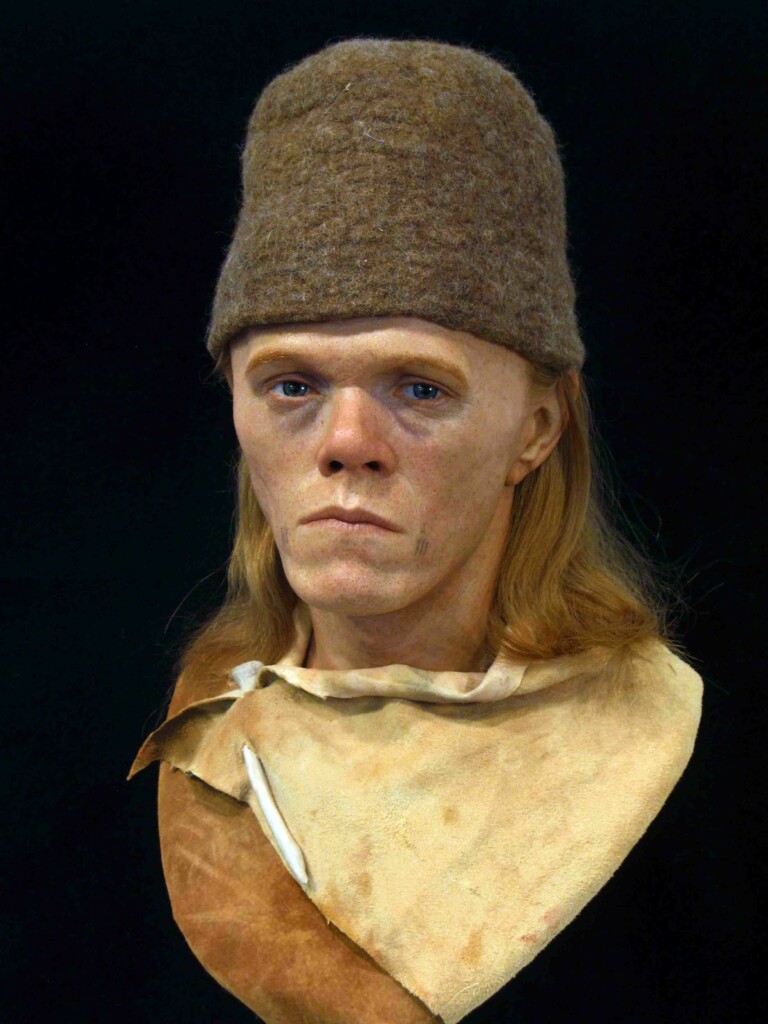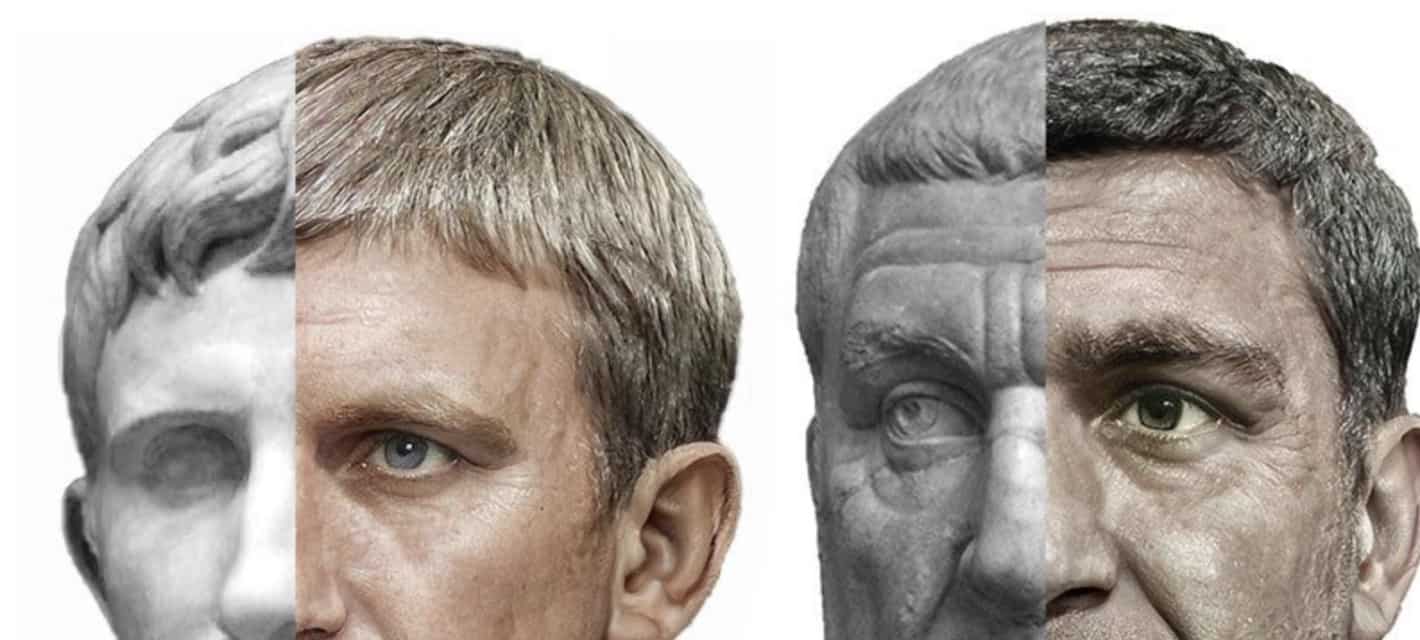When we go through history books, we often see paintings and illustrations of famous people. However, this is often left up to the artist’s interpretation of the person. More often than not, paintings we see of famous people look so drastically different, it’s difficult to tell what they actually looked like. Written records can also help give us an idea of how some people looked, but these are also often biased. Lastly, there were plenty of people who were too poor to afford to have their portraits painted. Common people were rarely ever featured in records until the invention of photography. Lucky for us, modern technology has become advanced enough to where we can get a much better picture of how people actually looked from history.

30. The Ditchling Road Man Shows The Common Farmer With A Short Lifespan
In 2019, The Brighton Museum and Art Gallery put on a showcase of depictions of people living in Brighton, United Kingdom over the course of 40,000 years. They used 7 different skulls from 7 different time periods, spanning thousands of years apart. I’ve chosen to focus on the Ditchling Road Man, estimated to be from 2,400 B.C. He was a farmer whose skeleton was stunted by several periods of malnutrition throughout his life. You can even see in the shape of his face how he must have struggled to survive, and he died at just 25 years old. He’s considered to be one of the “Beakers” of the Bronze age. Whoever buried him left behind pottery, and snail shells near his mouth. This must have been some sort of long-forgotten burial ritual, or a last-ditch attempt to feed the starving man.

